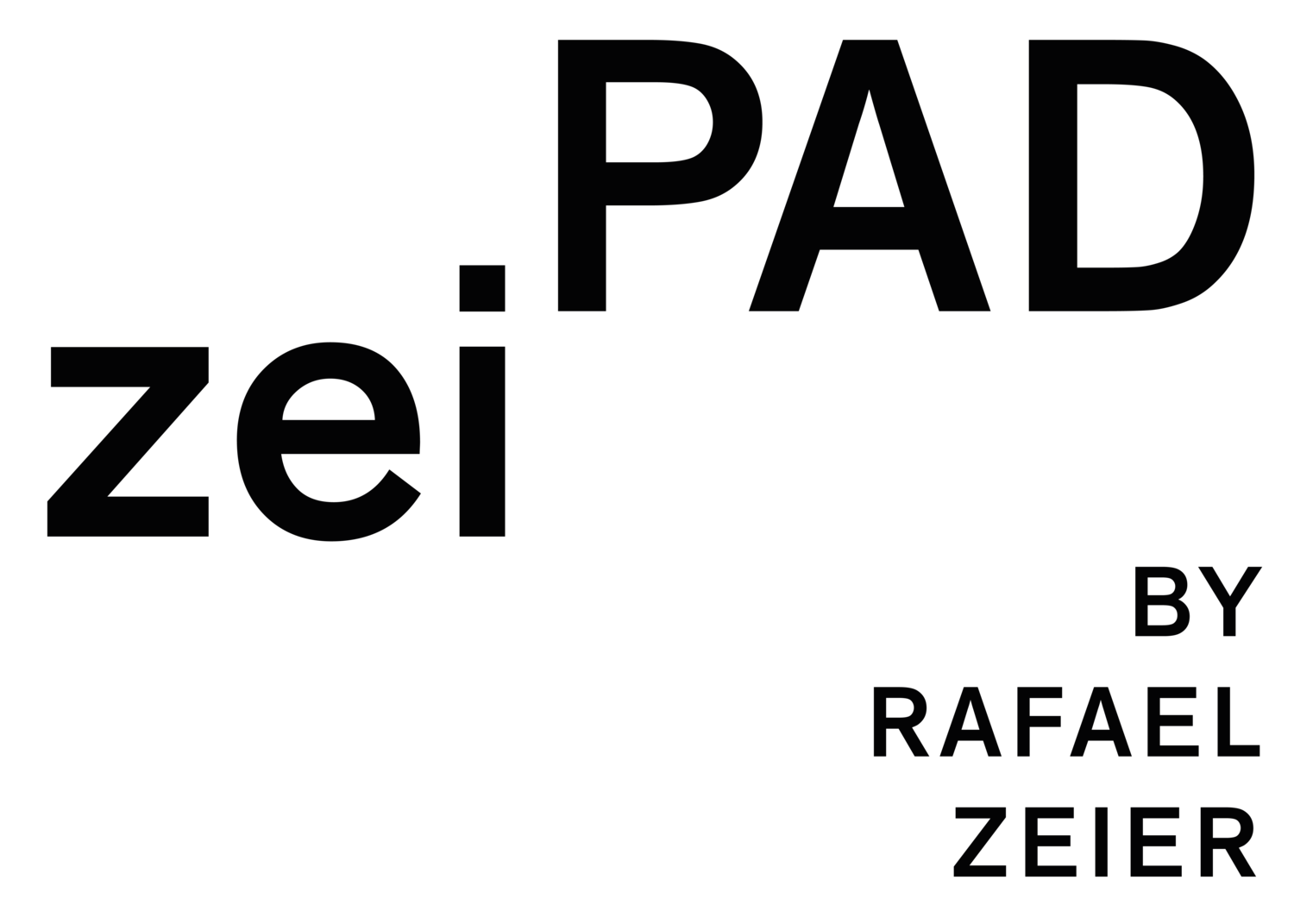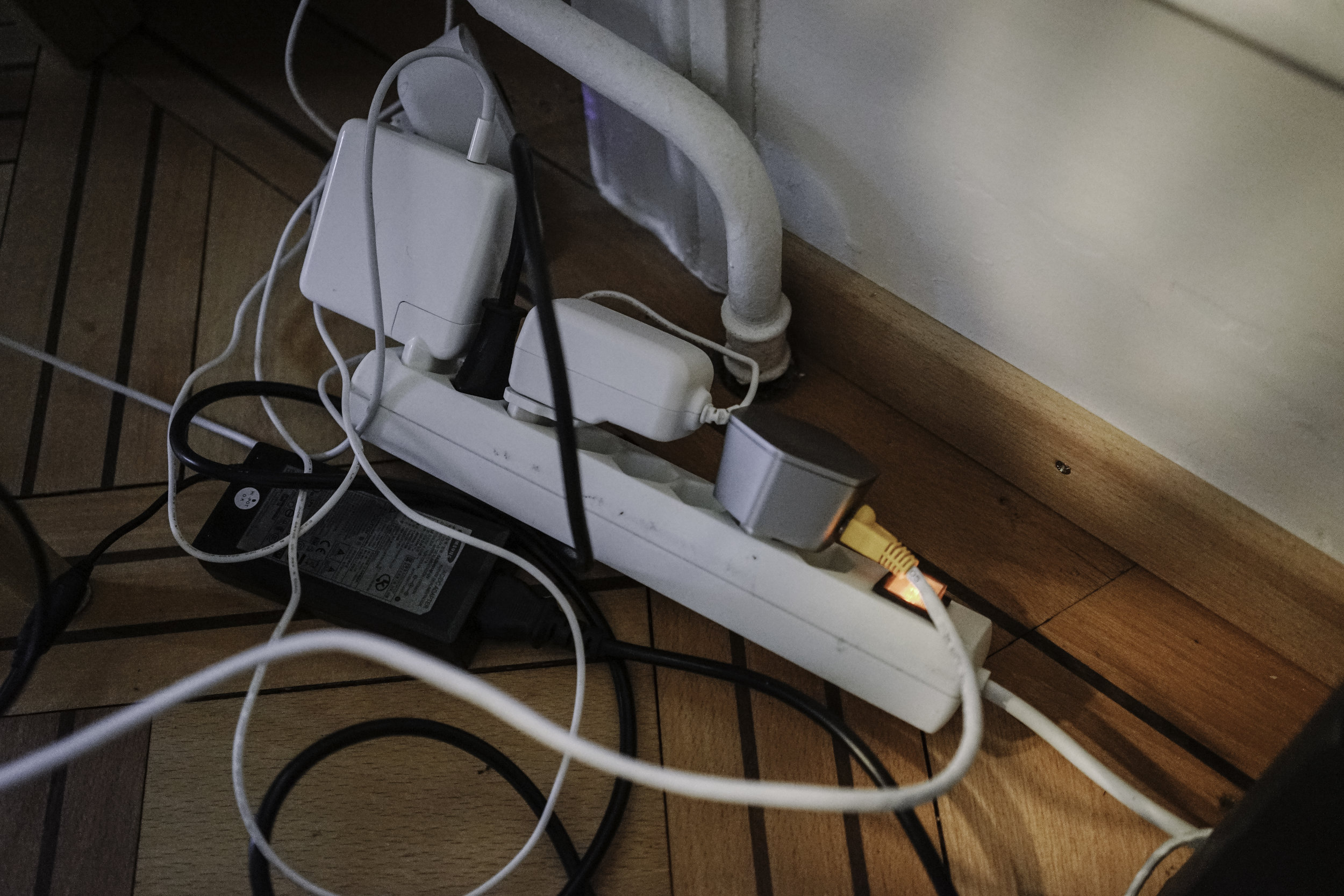The Better Macbook
iPad Pro (2018) Review
"Yes, that's impressive, Rafael, but it's not going to be enough for real professionals." If every time I've heard that response in the last eight years, I'd get 100 Swiss francs, I'd be in early retirement now and not writing this on a Sunday night.
Admittedly, that was a bit exaggerated. But ever since I bought my first iPad pretty much exactly 8 years ago, I've been trying to make it my main computer. It failed miserably at first. I couldn't even set it up without connecting it to a computer.
Over time, the software became better and better. Multitasking and apps made many things possible. With the hardware, however, there were only tiny steps. Only after Microsoft had demonstrated with Surface how great a tablet with a pen and docking keyboard is, did Apple follow suit in 2015 and launched the iPad Pro, a variant of the tablet with its own keyboard and pen.
With iOS 11 there was a big software update last year (file management, drag&drop) and this year it's time for the hardware: The iPad Pro (starting at 900 Swiss francs) introduced last week marks the biggest modification of the tablet since its launch.
I've been able to try it out for the last five days and learned a lot about the new iPad Pro.
Here you go:
Yes yes, I know. My notes are in German and nobody but me and Microsoft's algorithms can read my handwriting. That's why I sat down and wrote the most important observations from my OneNote scribblings down.
No home button, gestures and FaceID
The most eye-catching innovation can be seen at first glance. The iconic Home button has disappeared. As was the case last year with iPhone X, the iPad Pro now also has a screen with significantly less edges. But the tablet isn't completly edgeless. Since you have to hold the iPad somehow, some might even prefer that design choice.
The new screen comes with FaceID. Apple's face recognition works just as reliably on the tablet as it does on the iPhone. But unlike on the phone, you can unlock the iPad in landscape format and even upside down. No matter how you hold it, FaceID works. An arrow shows where the camera is and warns you when you're covering it with your hand. Just like on the iPhone X, the unlock method doesn't work with some sunglasses (such as mine).
One last trick: If you press the space bar twice on the docking keyboard, the tablet is unlocked immediately. This works so well that one would wish for FaceID in every computer. Other face unlocking methods like Windows Hello didn't work nearly as reliably in earlier tests.
Two sizes
The iPad Pro is available in two versions. One has an 11 inch screen. The other one is 12.9 inches. The choice for the ideal size won't be easy in the store and almost impossible in an online store.
Apple spared me the trouble of choosing and only borrowed me the larger model as a test device. I probably would have chosen the smaller one myself. After initial scepticism I quickly got used to the larger tablet. It is about as big as my Suface Pro 3 and fits into all my shoulder bags. Since it is amazingly thin, it looks and feels lighter than it is. Especially for handwritten notes, the larger screen has proven itself several times.
The new keyboard
After initial scepticism and a lot of practice, the folding keyboard of the first iPad Pro has become very close to my heart. Nevertheless, even after three years, it still looks like a first-generation device. Good approaches but not completely thought through to the end. Unfortunately, even with the new edition there is no great wow moment, which is disappointing at the significantly higher price (200 resp. 220 Swiss francs).
The keyboard now no longer attaches to the edge, but to the back. Thanks to many small mangnets the keyboard holds very reliably and protects both sides of the tablet. The best innovation: The screen can now be placed at two angles. This is helpful, but no comparison to the infinite number of angles the Surface offers. Similar to the Microsoft tablet, the oregami folding of earlier iPad keyboards is no longer necessary thanks to the large flap. But that makes the new Apple tablet quite a tank.
Also the material is no joy. Apple relies once more on black rubber (unfortunately there are no color options). After only five days in my shoulder bag, the keyboard already looks badly worn. After all, the seams look more stable than on the predecessor. There, some heavy users saw white threads fraying the keyboard over time.
Funny detail: Since front and back look almost identical, it happens that you open the wrong side and get to see the back of the tablet instead of the screen. As far as the keyboard is concerned, Microsoft's Surface is still unmatched. But since I often type on the touchscreen with ten fingers anyway, it's not too bad for me.
And maybe next time Apple will succeed and come up with the dream keyboard we‘ve all been waiting for. But that might take some time. It looks like, the new keyboard cover might stay around for some time. The opening for the camera is noticeably larger thand the camera. Just so big that it would also offer space for a double camera. May the speculations about the next iPad begin.
The new pen
Unlike the keyboard, the new pen (150 Swiss francs) is a triumph. It surpasses the predecessor model and also the competition in all categories.
The matt plastic looks and feels much better. Thanks to one flat side, it no longer rolls away. But the best innovations cannot be seen at all in the writing instrument stuffed with technology. It now snaps magnetically onto one edge of the tablet and is charged automatically. That has worked perfectly so far. The pen held reliably on the tablet. Even in my overfilled travel bag. Since it is constantly charged, the pen is now always ready and no longer has to be charged before every use.
The second innovation is a hidden button. If you tap twice above the tip, either a menu, another color or even the eraser is activated. Unfortunately, only a few apps use this additional button. But this should improve in the next months.
One can only complain about the new pen that it only works with the new iPad Pro. Apple pens of the first generation cannot be used with the new tablet.
Finally, the new pen poses an exciting question: now that it also has a button, could the writing instrument become an ideal mouse replacement?
USB-C pen
With the new iPad Pro, Apple is finally getting rid of the proprietary Lightning connection. With USB-C, Apple is using the same standard that is used in Android phones, Windows PCs and Macbooks. Now you can connect all kinds of accessories to the iPad without buying Apple's own (and not exactly cheap) adapters.
I could already attach my Sony A7 camera via cable and import photos (but not videos) to the iPad. It worked extremely fast and much more comfortable than before with the SD card adapter over Lightning. Why it didn't work with videos, I will have to take a closer look in the next few days.
The new iPad worked flawlessly with an external monitor. I used my abandoned PC monitor and a USB-C hub from Samsung (EE-P5000), which is actually meant for the Galaxy Note 9. It also offers an HDMI connection. This allowed the over ten-year-old screen to be connected to the brand-new iPad.
Right now, only a few apps use this option. Most simply mirror the iPad screen, which is not particularly useful. But first apps already offer more. Presentation apps like Apple's Keynote, Microsoft's PowerPoint or Google's presentations show the slides on the screen and notes and timers on the iPad.
With Google Photos it works similarly. On the iPad, you can choose which photos should be displayed on the screen. It becomes interesting when, for example, video editing apps show the controls on the iPad and the video on the monitor. The first promising examples won't be long to come.
Since the Samsung hub was already there and also has a network connection and a USB-C socket, I also tried them out: to my surprise the iPad can actually be connected to the Internet via a LAN cable. I connected the power supply to the USB-C socket of the hub. So in the end there was a screen, a camera (which is even gets charged), a Wifi-Pod from Plume and the power supply connected to the iPad. All at the same time. Not bad.
The only disappointment is that Apple does not allow external storage (USB sticks, hard disks). But it should be possible to add this later using software. The call for it will undoubtedly be so loud that Apple will hardly be able to refuse it in the long run.
So much for the new iPad Pro for now.
Admittedly, after a few days you can't say much more about it. Sure, it's faster than its predecessor and the battery also makes a good impression. But both can only be estimated more precisely with time, when apps are optimized for the new processor and when usage has levelled off. I also couldn't test the built-in eSIM yet or compare it to the Apple SIM of earlier iPads. But the iPad still has a SIM slot. Which I use daily.
Conclusion
Overall, the latest iPad is the best iPad to date. But not only that. Thanks to Apps and Apple's self-developed chips, the iPad has become much more than that. It is an extremely reliable, user-friendly and convenient computer. Yes, the iPad is now even the better Macbook. The next months and years will show how much better it is.
Next year, Photoshop, the professional software par excellence, will be launched on the iPad and the existing iPad apps will only become more powerful. Functional gaps are gradually being closed. But also the hardware is no longer in the second league. All you have to do is look at the performance comparisons and benchmarks on technology websites. The fact that there is still no Macbook with FaceID or LTE clearly shows how Apple sets its priorities.
Anyone who still chooses a Macbook today must be a big fan of laptops and mouse navigation or have a very special requirement. Apple's computer for the future is the iPad. The new iPad Pro is the best proof of this.
This is the translated version of my iPad Pro review for the Swiss newspaper Tages-Anzeiger.










